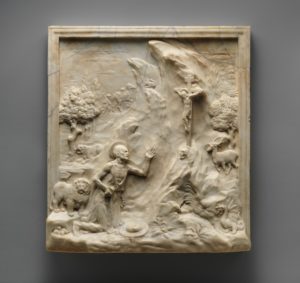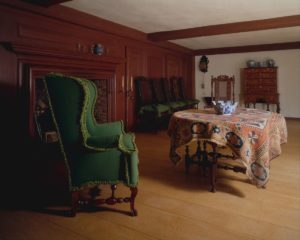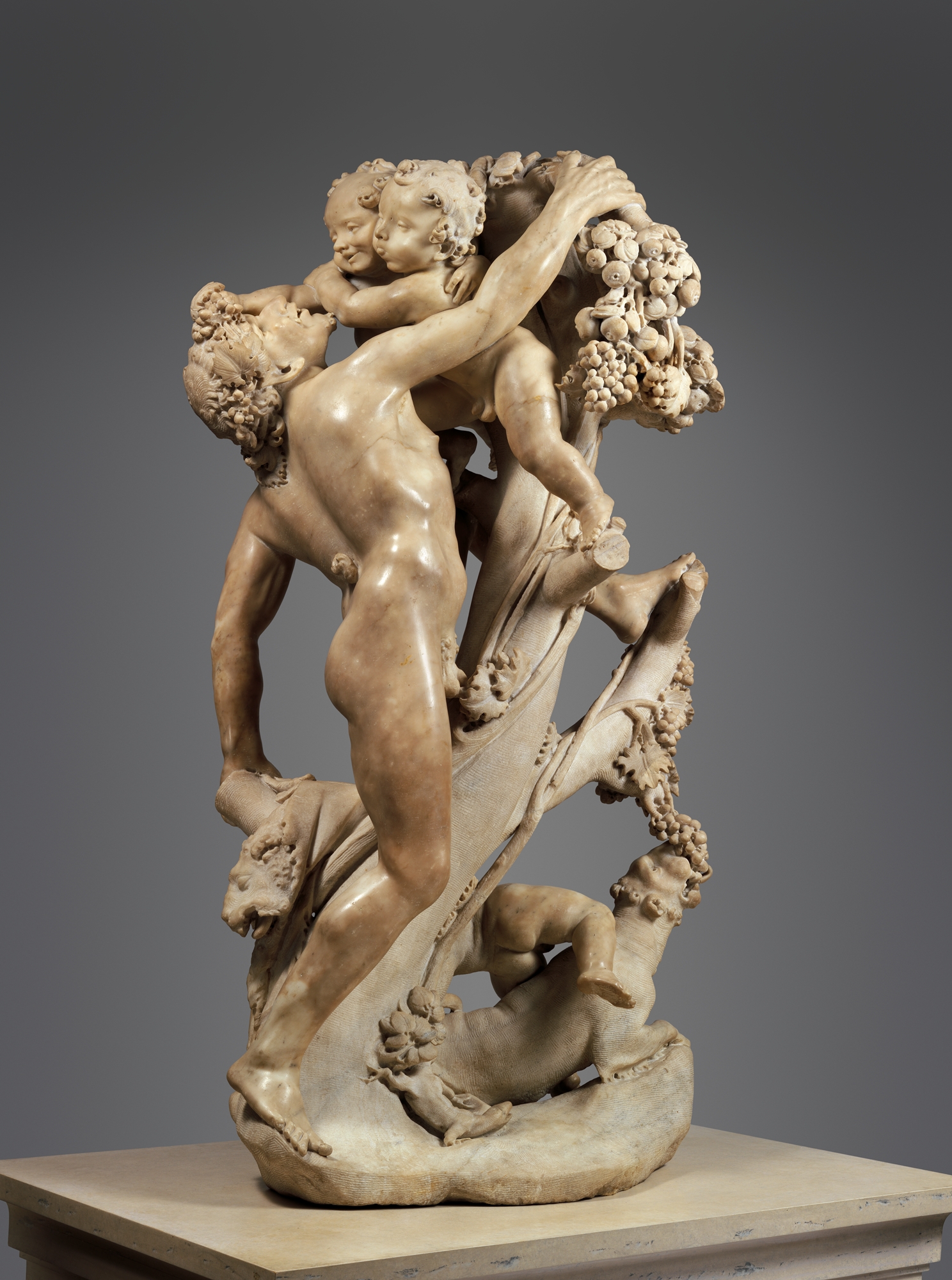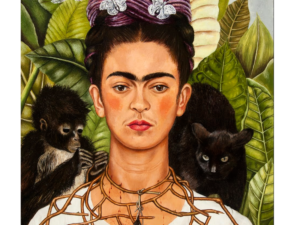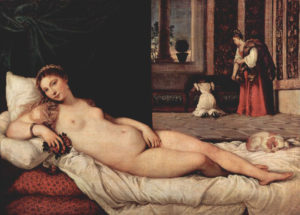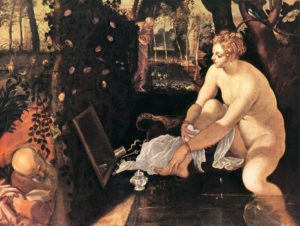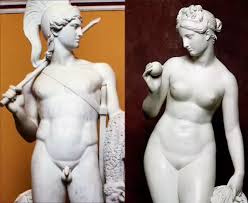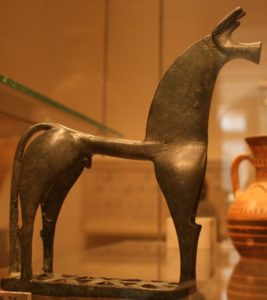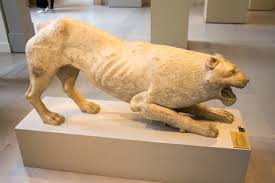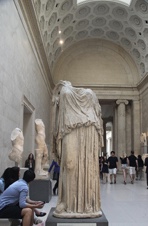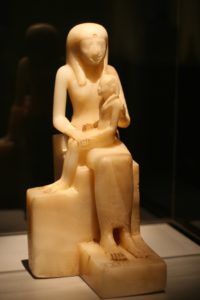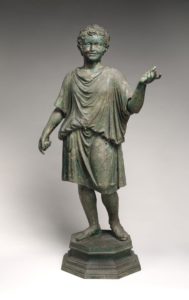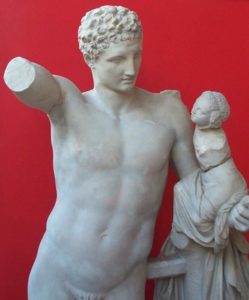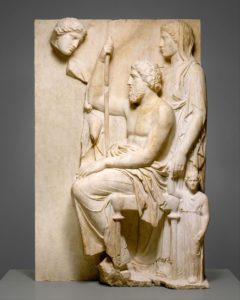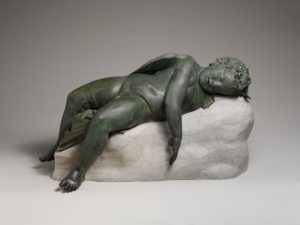Dr. Beth Gersh-Nesic, “A beginner’s guide to Realism,” in Smarthistory, August 9, 2015, accessed December 5, 2018, https://smarthistory.org/a-beginners-guide-to-realism/.
This online source talks about how realism came to be. The modern era began and people believed that art should also become modernized. Modern life is about social mixing and social mobility and people believed that art should reflect this. This all began in Paris. A man named Gustave Courbet came to Paris and met with Baudelaire and other progressive thinkers and declared himself as the leader of a new art movement called realism. He said that realism should be about the history of real life and that it should have a social consciousness.
Finocchio, Ross. “Nineteenth-Century French Realism.” In Heilbrunn Timeline of Art History. New York: The Metropolitan Museum of Art, 2000–. http://www.metmuseum.org/toah/hd/rlsm/hd_rlsm.htm (October 2004)
This online source talks about the realist movement in France. The movement flourished in the 1860s and continued to the late 19th century. The purpose of the realist movement was to convey a truthful and objective vision of contemporary life. Realism rose in the outcome of the Revolution of 1848 that toppled the government of Louis-Philippe and created amid the time of the Second Empire under Napoleon III. As French society battled for vote based change, the realists democratized workmanship by portraying current subjects drawn from the regular daily existences of the common laborers. Rejecting the ideas of neoclassicism and romanticism, realism is based on observation of the modern world.
Rabinow, Rebecca. “Édouard Manet (1832–1883).” In Heilbrunn Timeline of Art History. New York: The Metropolitan Museum of Art, 2000–. http://www.metmuseum.org/toah/hd/mane/hd_mane.htm (October 2004)
This online source talks about one of the most famous artists during the realism movement. Eduard Manet has contributed a lot to the realism movement and went through a lot of criticism to become a well-known artist. Manet’s work was rejected many times and when the public saw his paintings, they were shocked and attacked Manet. One of his most famous works, Olympia, also received a lot of criticism. It took about seventy years for one of his works to be presented at the Louvre. To this day, Manet is still considered by many art historians to be the father of modernism.
Ed. Donna Campbell. “Realism (late 1800s-early 1900s).” Scholastic.com. Web. 06 Dec. 2018. http://www.scholastic.com/browse/article.jsp?id=3753924
This article talks about realism in both literature and art. Realism was created as a reaction against romanticism. Pretty much every work of writing has some level of realism. This is on the grounds that it is critical for perusers to perceive and relate to the characters and the world they occupy. In any case, realism as an unmistakable style and scholarly development go back to France in the mid-1800s. The realist movement in art started in France amid the 1800s. The realists needed to split far from the formal masterful styles and subjects of the past. Their works normally depicted standard, or average workers, individuals, instead of chivalrous, notable, scriptural, or illustrious figures. They additionally delineated scenes of customary life, for example, country scenes with agriculturists grouping bulls or gathering grain. The realists looked to respect what they felt was the honorable poise of humble individuals having basic existences.
Griffin, Randall. “A Movement in a Moment: American Realism | Art | Agenda.” Phaidon. Web. 06 Dec. 2018. https://www.phaidon.com/agenda/art/articles/2017/february/23/a-movement-in-a-moment-american-realism/
This article talks about an artist named Winslow Homer and how he applied realism to his subjects in the US. He developed a style called American Realism. Some people did not like Homer’s art and criticized it for being too simple. However, Homer’s work inspired other American artists to also use realism in their artwork. Realism began to get more popular in America.


